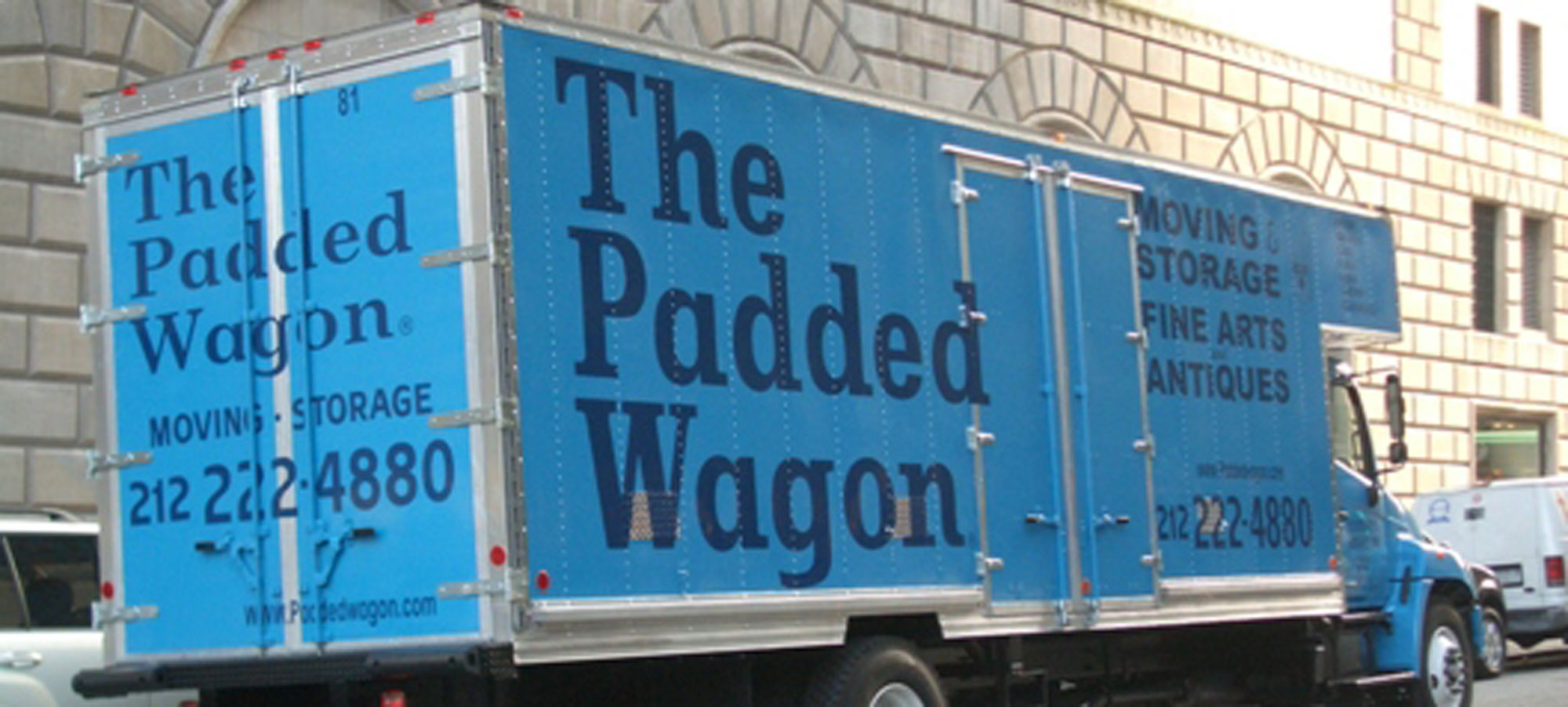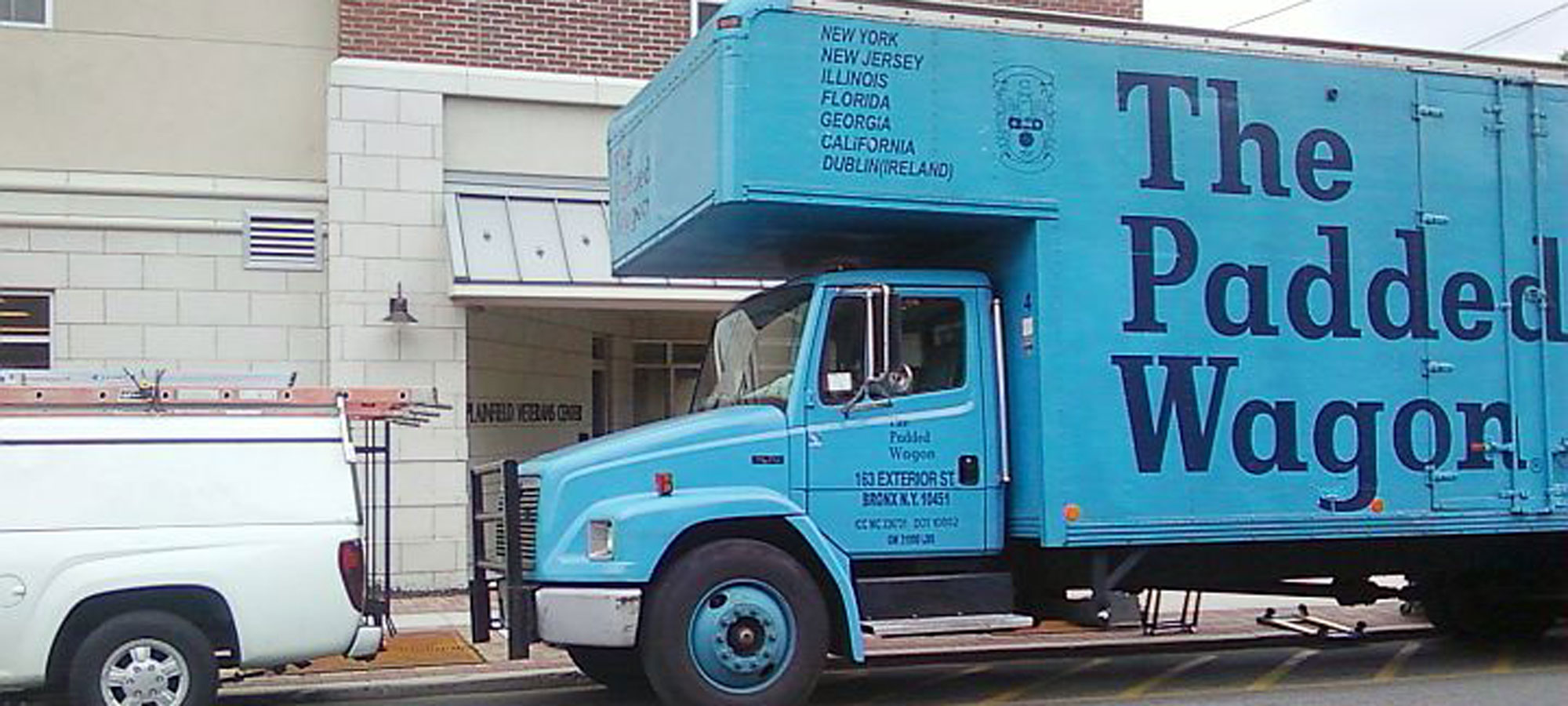What a treat it is to dine with your family on the antique table handed down to you over many generations. Or to display the phonograph with an oak cygnet horn that you found at the Grand Bazaar in New York. Antique items hold a special place in our homes – not only for their beauty or age, but because they remind us of special people, places and events.
Whether you have a few antiques to relocate, or a house full of them, here are 21 tips you can steal from professional movers. Read and use them so you can relocate your antiques safely and preserve them for many years to come.
- Find out what your antiques are worth.
Get an expert to appraise your items. You may not be interested in selling them, but knowing their value is useful in the worst case scenario when you have to file a claim for loss or damages.
- Get insurance for your items.
You could follow every expert advice in packing and moving your antiques and you might do a really good job to ensure their safety. But you should still get insurance to cover loss or damage to your antiques. Unlike regular home furnishings, tiny cracks and breaks can diminish the value of antiques – even if the damage could still be fixed.
- Create a detailed inventory of your items.
An accurate inventory might take a lot of time to create. But you and the moving company should prepare a detailed list of your items. This will save you from the headache of tracking down the pieces when it’s time to unpack your boxes.
- Clean your items before packing.
You should be cleaning your antiques with a lint-free cloth to maintain their beauty and luster. Before packing the items, make sure to give your antiques a good rub-down to remove dust and dirt.
- Disassemble what you can.
Remove drawer pulls and casters, or any part of the item that could fall off during transport. Wrap them separately, and label accordingly. Of course, don’t disassemble parts that are too old, or likely to be damaged from being removed and replaced.
- Label all items for reassembly later.
If possible, pack the disassembled items in the same box so they’re easy to find during reassembly. You don’t want to end up with tables and drawers with a few missing screws and pieces.
- Never wrap plastic directly over old furniture, especially wood furniture.
Plastic will trap moisture and cause damage to your furniture. Instead, cover wooden furniture with moving blankets first, then add a layer of air-filled plastic on top of it.
- Use 3 layers of protection when packing the items.
No matter what type of antique you’re packing, you should aim to use 3 layers of protection. The first layer protects the surface of the antique. The second acts as a cushion. Add a third layer of sturdy paper or cardboard for an extra layer of protection.
- Some items should be transported upside down.
The legs of smaller antique pieces, like a wooden side cabinet, may be too weak to endure the bounce pressures of a truck ride. These items should be transported upside down.
- Use glassine to wrap glass, ceramic and porcelain antiques.
Glassine is a type of barrier paper with a wax-like finish that keeps items from getting smudged or stained. It’s resistant to air, water and grease. It’s especially important to use glassine to wrap items with a print or paint.
- Wrap small breakable items individually.
Plates and cups should be wrapped individually with glassine, bubble wrap and paper. Stack them in the box and be sure to add styrofoam chips or crumpled paper to fill the empty space. Filling the empty space prevents the items from moving and breaking.
- Use the right-sized box.
Too small, and you risk the box ripping apart. Too big, and you’ll need more padding to prevent the items from moving in the box and breaking.
- Use corner protectors.
The corners of mirrors and art pieces suffer the most impact during a move, so it’s important to keep them padded and protected. Use cardboard to wrap the edges, add a layer of bubble wrap and tape them both securely.
- Use acid-free paper to wrap collectible books or magazines.
Standard paper made from cheap wood pulp is usually acidic. It tends to turn yellow and break down faster than acid-free paper. Because of this, standard paper can introduce acid to the items wrapped in it, or stored with it, and potentially cause damage.
- Use mylar bags to store collectible books and magazines.
Mylar bags are commonly used in food storage to extend shelf life. But you can also use this for your books and magazines to protect them from the effects of oxygen, moisture and light.
- Use custom crates for large antiques.
Unlike regular crates, custom crates are made to fit the item. With less space to move around, the risk of damage to your item also goes down.
- Pack empty spaces with as much padding as possible.
Use crumpled paper, bubble wrap, or styrofoam chips as fillers. This adds another layer of cushioning between the antique and the box.
- Label your boxes with “Fragile”, “This Side Up”, or “Unload First”.
Put the boxes in a place in the truck where other boxes won’t fall on them.
- Use dollies or hand trucks to move heavy boxes.
Never try to drag heavy boxes. Not only will this damage the box – it’s also harmful to your back. You’ll also get things done faster when you use the right moving equipment.
- Pack and move valuable items like jewelry and coins by yourself.
Don’t risk losing these extremely valuable items. We recommend packaging and moving these high-value items by yourself.
- Plan to spend a few days packing your items.
Rushing to get things done will only cause unnecessary stress to yourself. Set aside a few days to create an inventory and buy your packing materials. Pack your items carefully. And as always, know when to seek help from professional movers and custom crating companies.
You put in a lot of effort to find the perfect antique pieces, and take extreme care to preserve their quality. We know you expect the same care from your movers. With decades of experience handling fine art and antiques, we can prepare your valuable items for shipping or storing so they arrive safely at their destination.
There’s no reason for your antiques to be damaged during a move. With some planning and professional help, you can move these valuable items to your new home without risking any damage.


